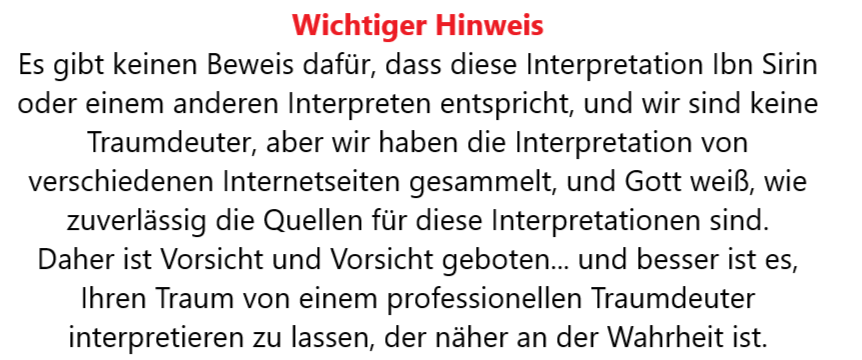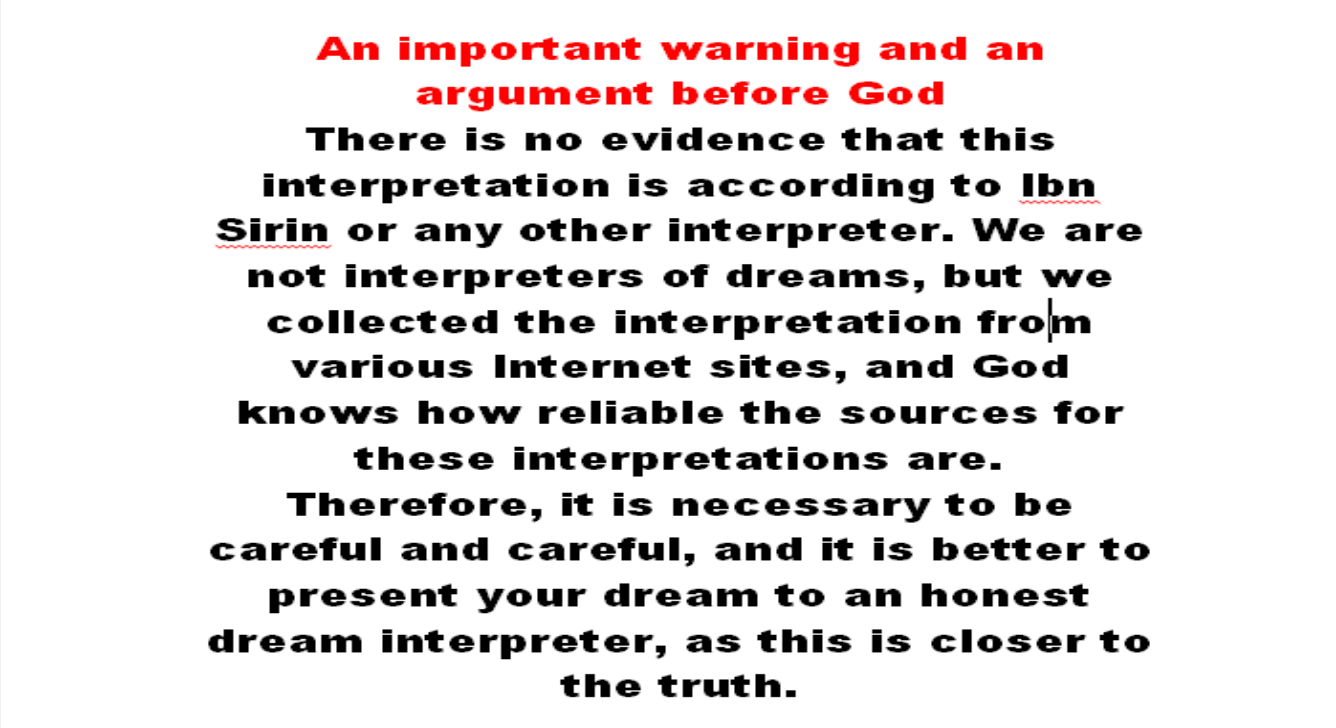


Mega Millions Jackpot Changes: Higher Price, Better Odds — Here’s What You Need to Know!
Mega Millions Odds Slightly Improve—But Don’t Get Your Hopes Up
Just a couple of weeks ago, your chances of getting struck by lightning or making a hole-in-one were still better than winning the Mega Millions jackpot. And even with recent changes to the game, that reality hasn’t shifted much—though your odds have improved just a bit.
So what changed? The game now offers slightly better chances across six of the nine prize levels, including the jackpot. The adjustment came from removing one number from the pool of possible Mega Balls, narrowing it from 1–25 to 1–24.
Each Mega Millions ticket still features six numbers: five white balls drawn from 1 to 70, and a single golden Mega Ball now selected from 1 to 24. These changes took effect with the drawing on April 8.
Alongside the odds adjustment, the price per ticket rose from $2 to $5. Previously, players could choose to pay extra for a “Megaplier” to boost non-jackpot prizes. Now, the multiplier is baked into the game and randomly applied—ranging from 2x to 10x—raising the floor for lower-tier winnings.
With the new format, the total number of possible number combinations per ticket dropped from over 302 million to about 290 million—a 4% improvement. Statistically speaking, that’s barely a dent in the astronomical odds.
Andrew Swift, a mathematics professor at the University of Nebraska Omaha, explained it bluntly: “The chances were almost nonexistent before. Now they’re just a tiny bit better—but still virtually zero.”
Probability, as Swift points out, is simply a way of quantifying uncertainty. The revised Mega Millions odds list includes nine prize categories. For example, matching only the golden Mega Ball now gives you a 1 in 35 chance.
Six of the nine prize levels (those involving the Mega Ball) are now more attainable. However, combinations involving only the white balls (like 3, 4, or 5 matches without the Mega Ball) have slightly worse odds.
To visualize how large these odds are, consider this: if you bought a ticket every second, it would still take you over nine years to go through every single combination. It’s that massive.
To put it in perspective, creating a flawless March Madness bracket—something millions attempt annually—has even slimmer odds: roughly 1 in 9.2 quintillion.
“Not many things in the world have such outrageous probabilities,” Swift said. “Winning the jackpot is right up there.”
He offered another analogy: imagine flipping a coin 28 times and getting heads every time—that’s about the same chance as hitting the Mega Millions jackpot.
Swift often uses simple number sequences to challenge how people understand randomness. He asks his students whether numbers like 1, 2, 3, 4, 5 would be a smart choice for a ticket. Most say no—it looks too predictable to be selected.
“But it’s actually just as likely as any other combination,” he said. “Our brains just don’t like how it looks.”